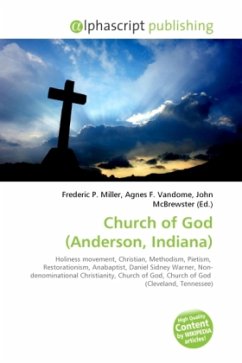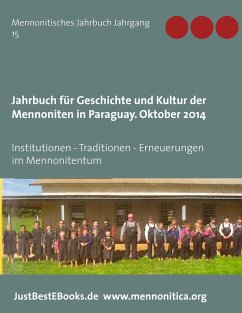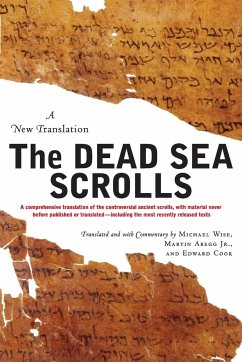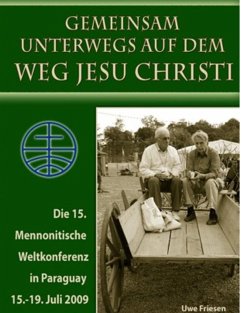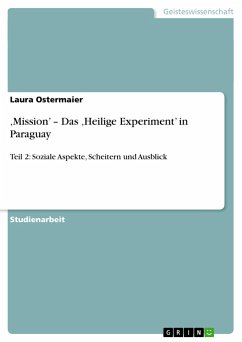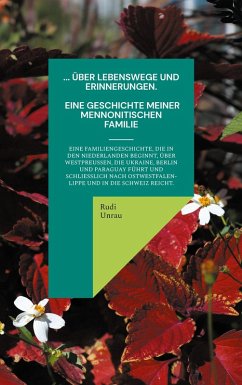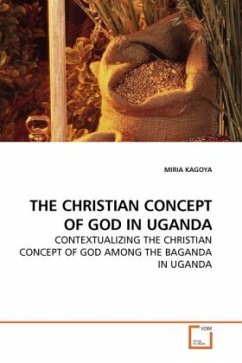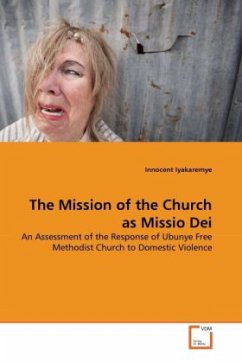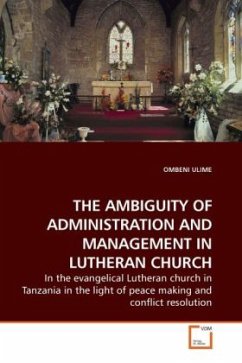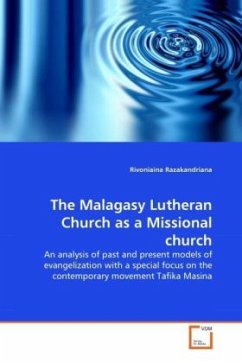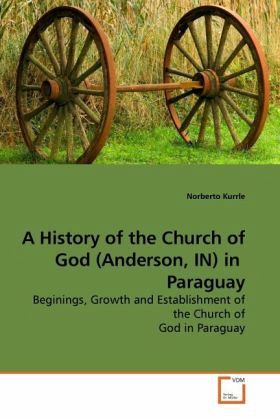
A History of the Church of God (Anderson, IN) in Paraguay
Beginings, Growth and Establishment of the Church of God in Paraguay
Versandkostenfrei!
Versandfertig in 6-10 Tagen
52,99 €
inkl. MwSt.

PAYBACK Punkte
26 °P sammeln!
This is the story of the Church of God in Paraguay,beginning in 1974. At the turn of the century, Germanimmigrants settled South America. It was among theseGerman settlers that the Church of God in Argentina,Brazil and Paraguay was established. Part I studies the founding of the Church of God inBrazil and Argentina. Because of the strong Germaninfluence within the Church of God in the southerncone, issues such as culture, tradition, andworldview have impacted the growth and focus of theChurch in that region. Part II deals with the History of the Church of Godin Paraguay. The work reveals the p...
This is the story of the Church of God in Paraguay,
beginning in 1974. At the turn of the century, German
immigrants settled South America. It was among these
German settlers that the Church of God in Argentina,
Brazil and Paraguay was established.
Part I studies the founding of the Church of God in
Brazil and Argentina. Because of the strong German
influence within the Church of God in the southern
cone, issues such as culture, tradition, and
worldview have impacted the growth and focus of the
Church in that region.
Part II deals with the History of the Church of God
in Paraguay. The work reveals the process of
indigenization Paraguay has undergone throughout its
development. The Church of God has sought ways to
become culturally relevant to the diverse populations
that exist within Paraguay. Also, socio-cultural and
political aspects that have shaped the Church in
Paraguay are analyzed.
The Church in Paraguay is studied as a missionary
post, as an established church and as a church in
expansion. The last portion of this work assesses and
envisions what the future might look like, pointing
to challenges and opportunities, in light of its rich
history.
beginning in 1974. At the turn of the century, German
immigrants settled South America. It was among these
German settlers that the Church of God in Argentina,
Brazil and Paraguay was established.
Part I studies the founding of the Church of God in
Brazil and Argentina. Because of the strong German
influence within the Church of God in the southern
cone, issues such as culture, tradition, and
worldview have impacted the growth and focus of the
Church in that region.
Part II deals with the History of the Church of God
in Paraguay. The work reveals the process of
indigenization Paraguay has undergone throughout its
development. The Church of God has sought ways to
become culturally relevant to the diverse populations
that exist within Paraguay. Also, socio-cultural and
political aspects that have shaped the Church in
Paraguay are analyzed.
The Church in Paraguay is studied as a missionary
post, as an established church and as a church in
expansion. The last portion of this work assesses and
envisions what the future might look like, pointing
to challenges and opportunities, in light of its rich
history.



